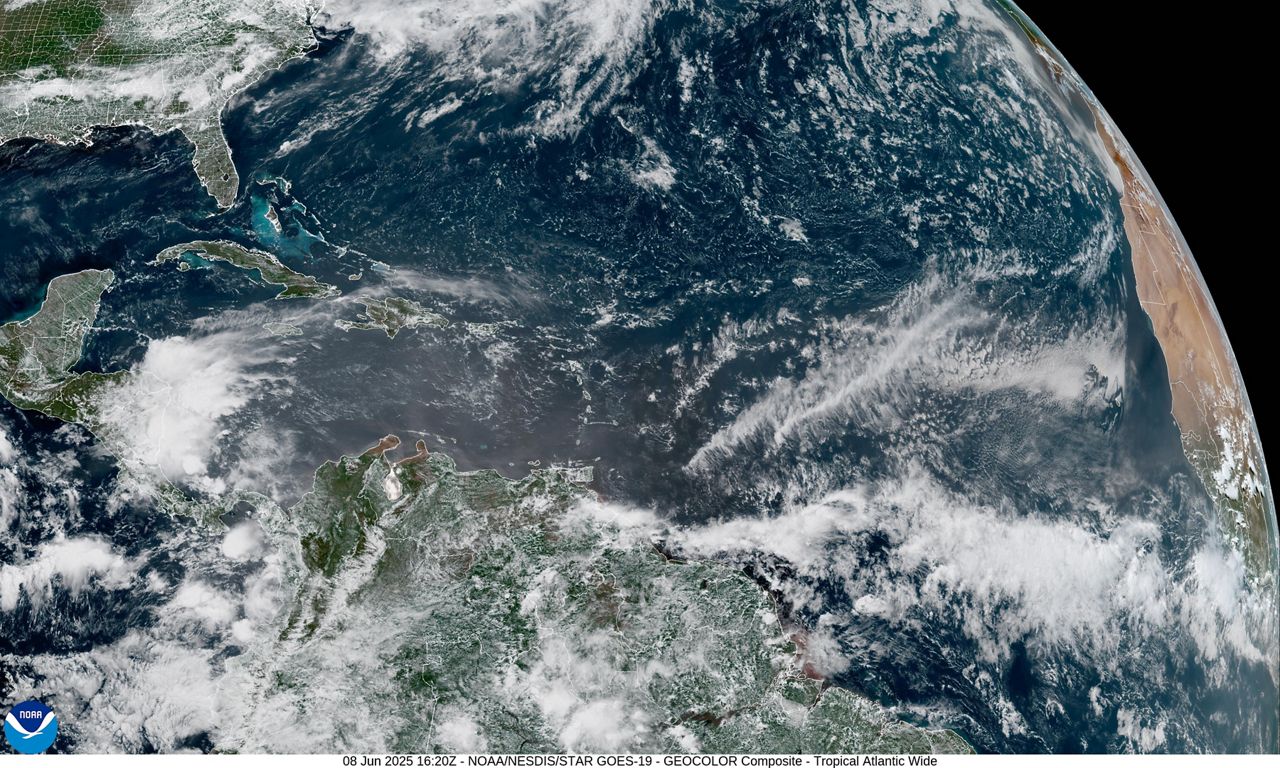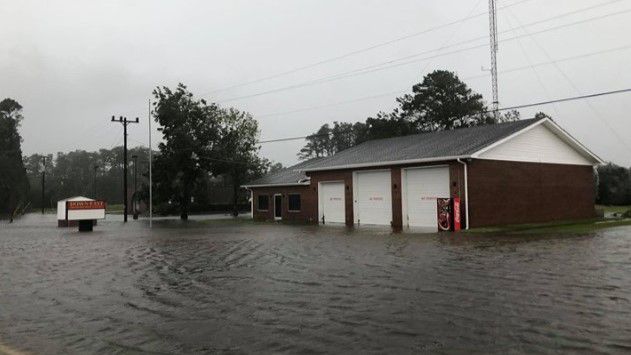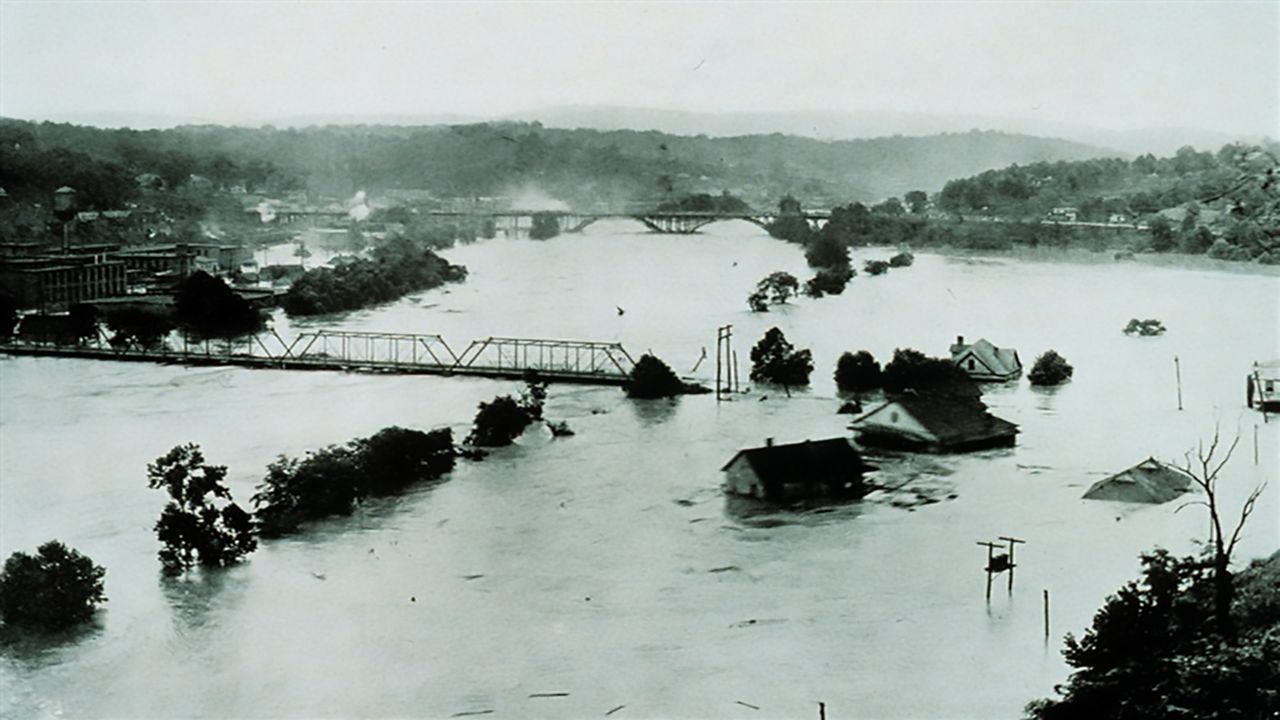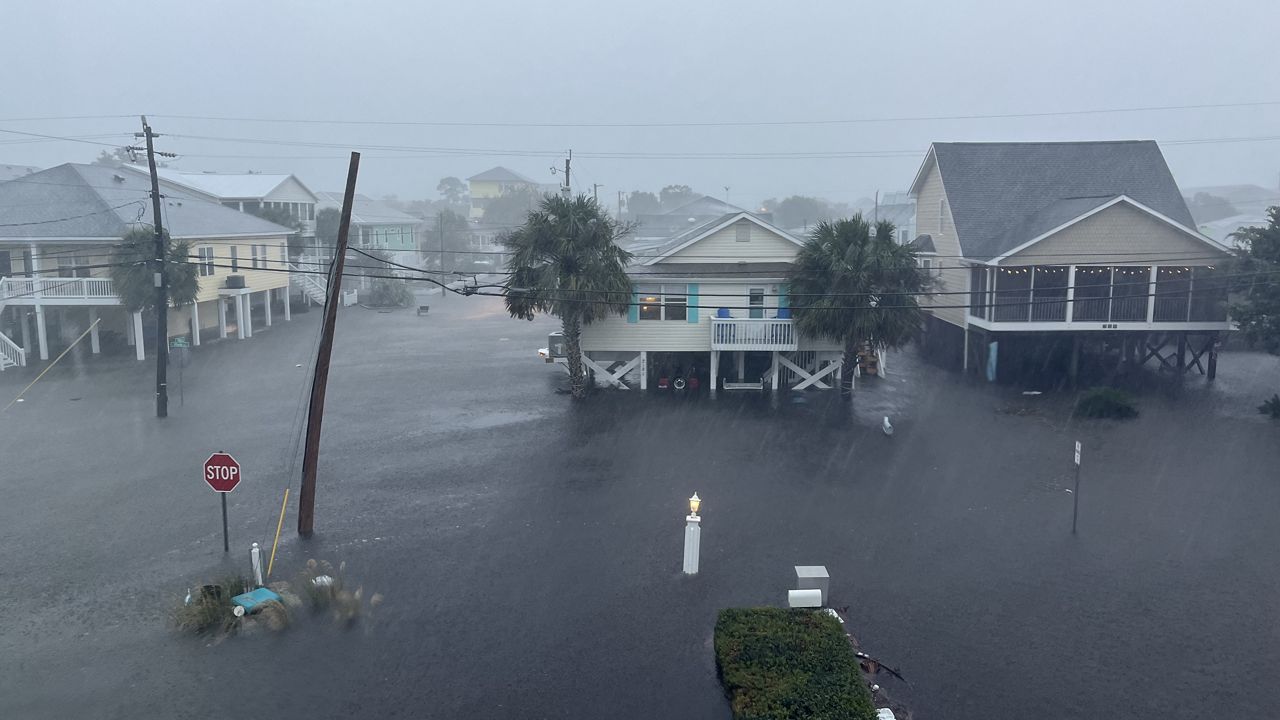Cold weather fans may not be the biggest fans of the winter outlook for North Carolina. Dec. 2022 through Feb. 2023 will likely be another warmer-than-average winter for the state.
There's also a very good chance that it will be drier than normal.
When making a seasonal forecast, we typically start with global weather patterns. A weak La Niña is expected to influence the weather for the next few months around the planet.
La Niña and El Niño are part of the natural cycles of water temperatures in the Pacific Ocean. The warm water phase of this cycle is called El Niño, while the cold phase is called La Niña.
A La Niña winter typically brings warmer and drier-than-average conditions to the southeastern United States, including North Carolina.
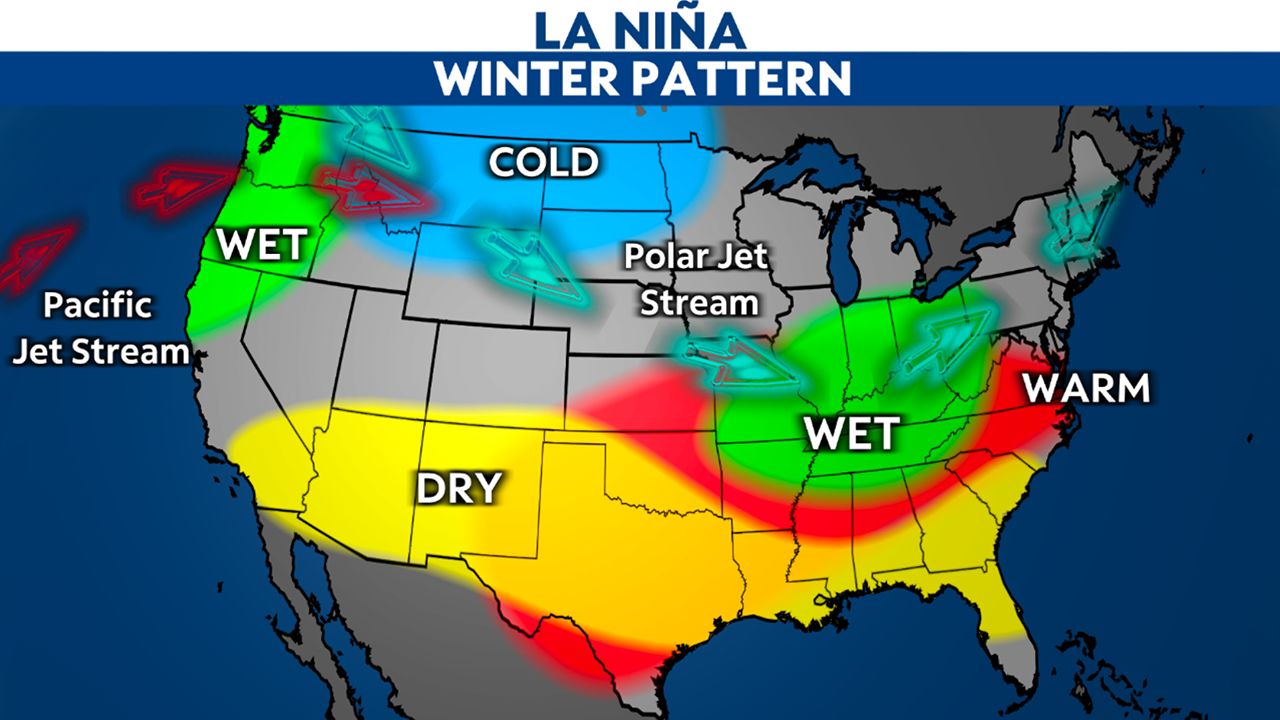
According to the State Climate Office of North Carolina, 18 of the last 25 La Niña winters have been warmer than the 20th century average. 19 of those were drier than average.
This will be the third winter in a row for La Niña, so it's quite possible that the next few months may be somewhat like last winter.
The winter of 2021-2022 was the 10th-warmest on record for North Carolina since 1895.
In a La Niña winter, snow becomes less likely outside of our mountains. Snow lovers in North Carolina should not give up all hope, though.
Even in a warmer and drier winter, brief cold snaps and precipitation are still expected.
If the periods of colder air can phase up with moisture, snow and ice could still fall.
Many of us probably remember last year's La Niña winter, when wintry precipitation fell in much of the state for three weekends in a row in January.


For now, we'll just have to wait and see what types and how much wintry precipitation may fall in our state over the next few months.
You can always count on Spectrum News 1 and the Spectrum News app for the latest forecasts in the weeks ahead.
We should point out that, overall, winters are getting warmer in North Carolina, just like the rest of the United States, due to climate change.
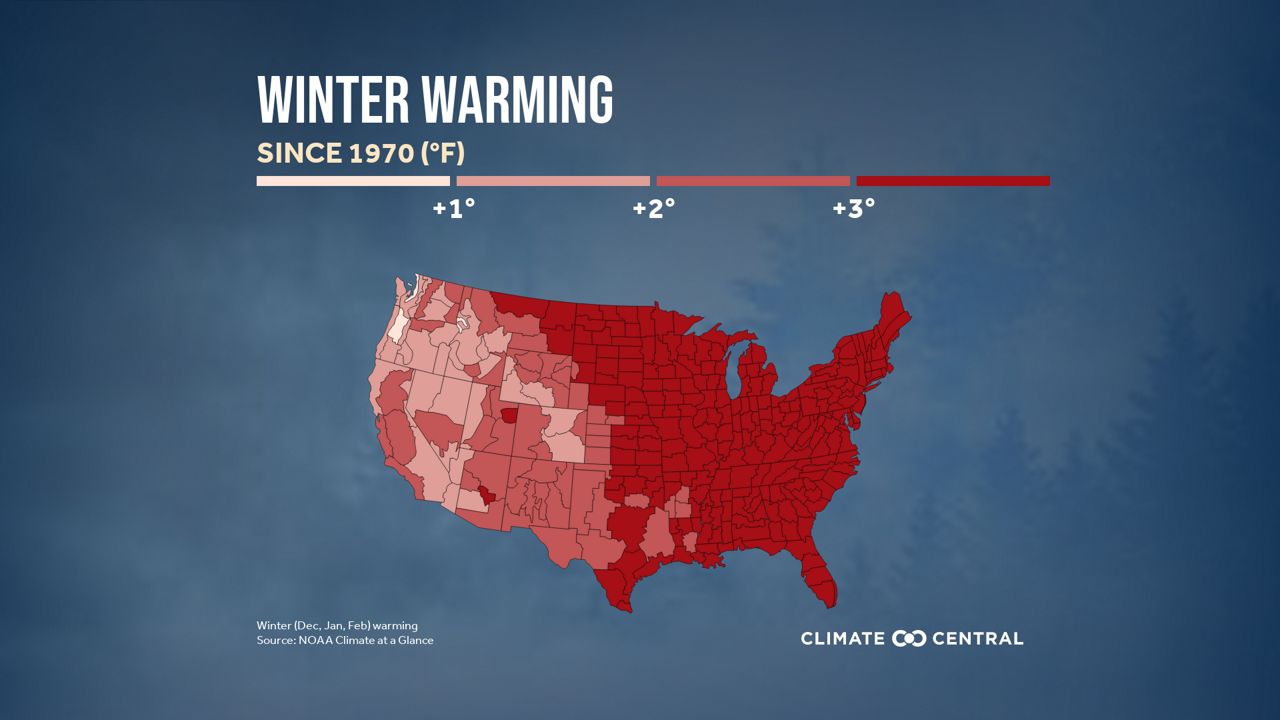
Here in North Carolina, winter is actually warming at a faster rate than any other season since 1970.
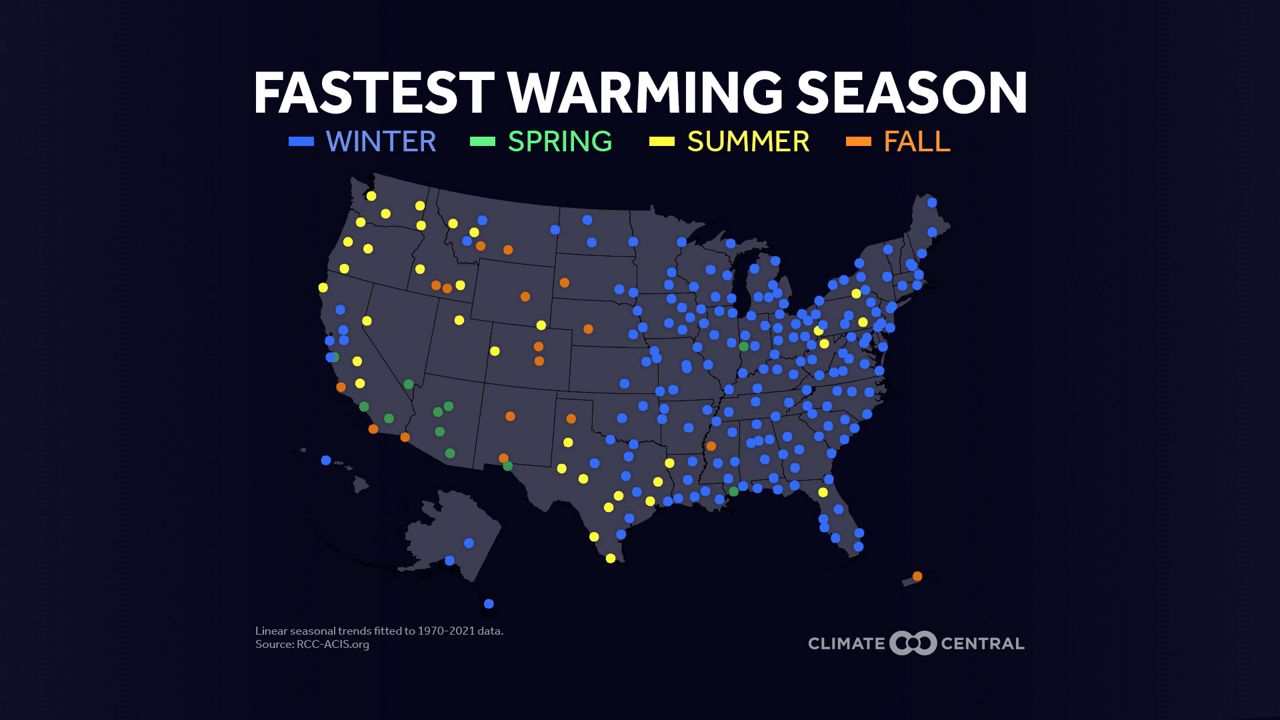
The North Carolina Climate Science Report, first released in 2020, found that it is likely for the total snowfall and the number of heavy snowstorms to decrease in future North Carolina winters.
Our team of meteorologists dives deep into the science of weather and breaks down timely weather data and information. To view more weather and climate stories, check out our weather blogs section.





